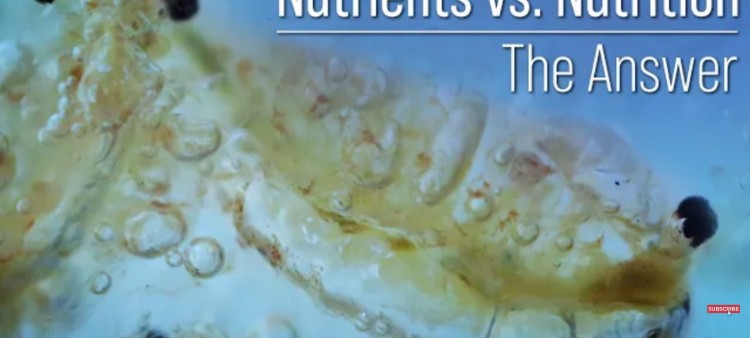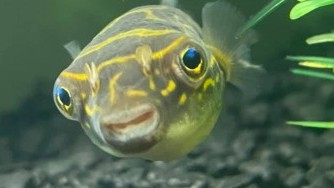Nutrients vs Nutrition? A Distinction That Changes the Trajectory Your Reef Tank and Coral's Health.
- May 01, 2022
- Anshika Mishra
- 253 0 0

Nutrients v/s Nutrition sound often similar, but they are the most commonly misunderstood word in the reefing hobby. And once you understand the difference between them, it will change the way you think about everything that goes in the tank and out.
Nutrients can mean many things but must often refer to phosphate and nitrate from the plant world. Nutrition, however, is the food and mineral sources that contribute to healthy growth and reproduction and disease resistance in organisms like our corals.
There are a couple of important distinctions between them. The first is that every single living organism on the planet requires a source of nutrients, i.e., nitrogen and phosphorus, to survive. That includes our coral.
The coral to survive gets 90% of its nutrient from Zooxanthellae that lives within its tissue. However, the Zooxanthale cannot produce nitrogen and phosphorous out of thin air or provide it directly to the coral, so this is the part of that 10% that the Zooxanthale can't offer.
Zooxanthale: Understanding the 90% of Coral
Zoxanthale isn't directly creating nitrogen, phosphorus, or nitrate and then passing it down to the coral. However, indirectly, it is. Indirectly, it is making amino acids that do contain nitrogen and pass down to the coral; however, the critical distinction here is that the coral provides these nutrients to the coral first.
The coral is capturing prey out of the water and observing the right amount of nitrogen and phosphorus through its tissues and then its tissues providing it over to the Zooxanthaallea. But, the most crucial component of this is a misunderstanding that it is the coral responsible for acquiring and distributing the nitrate and phosphate to the Zooxanthellae and the coral itself.
So, you can start to see the gap now; the gap between 90 and 100 means that the coral will get 90% of the nutrition its needs from the Zooxanthellae that live within its tissue. But what about the other 10%.
Does the 10% matter?
The 10% includes nitrogen and phosphorus, and we also know that every living organism on the planet requires nitrogen and phosphorus to survive. So, it does matter, but it also goes beyond that.
There are things like missing types of amino acids that algae have a difficult time replicating or can't at all, and it promotes healthy tissue production. There is also a mineral that often comes from the prey so that 10% that is missing isn't just a tiny amount, but things that algae can't provide at all in a holistic approach to overall metabolic health.
What is the Distinction?
An essential distinction between nutrients and nutrition is that more is not better with nutrients or nitrates and phosphates. With elevated levels of safe phosphate, you will see slower calcification, and the coral will have difficulty laying down additional calcium carbonate crystals for its skeleton.
And with elevated levels of both, you will also see an increased population or density of Zooxanthellae within the corals' tissues, which can lead to bleaching when combined with other stressful events.
So, the right amount is the correct answer with nutrients, nitrate, and phosphate. But on the other hand, elevated or unexpectedly high nitrate and phosphate in almost every application, including aquaculture, farming, hydroponics, or even general water quality in the ocean, are all considered polluted water.
However, with nutrition, is more better?
The answer is often yes to a point. Suppose there is more prey or suspended organic particles for the coral or the polyp to capture. There are more amino acids or other nutria developments for the corals or polyps to absorb, and it will often result in better health for the animals.
But, now that there is too much prey in the water, it's as if that prey isn't captured and then degrades down in nitrate and phosphate, which is pollution.
So, filtration is the foundation of an overall approach to heavy nutrition, meaning filling in that 10% gap that the corals and zooxanthellae can't produce for themselves without polluting the tank.
This is also closely tied to the difference in the nutritional values of the ocean as well as our tanks.






About author